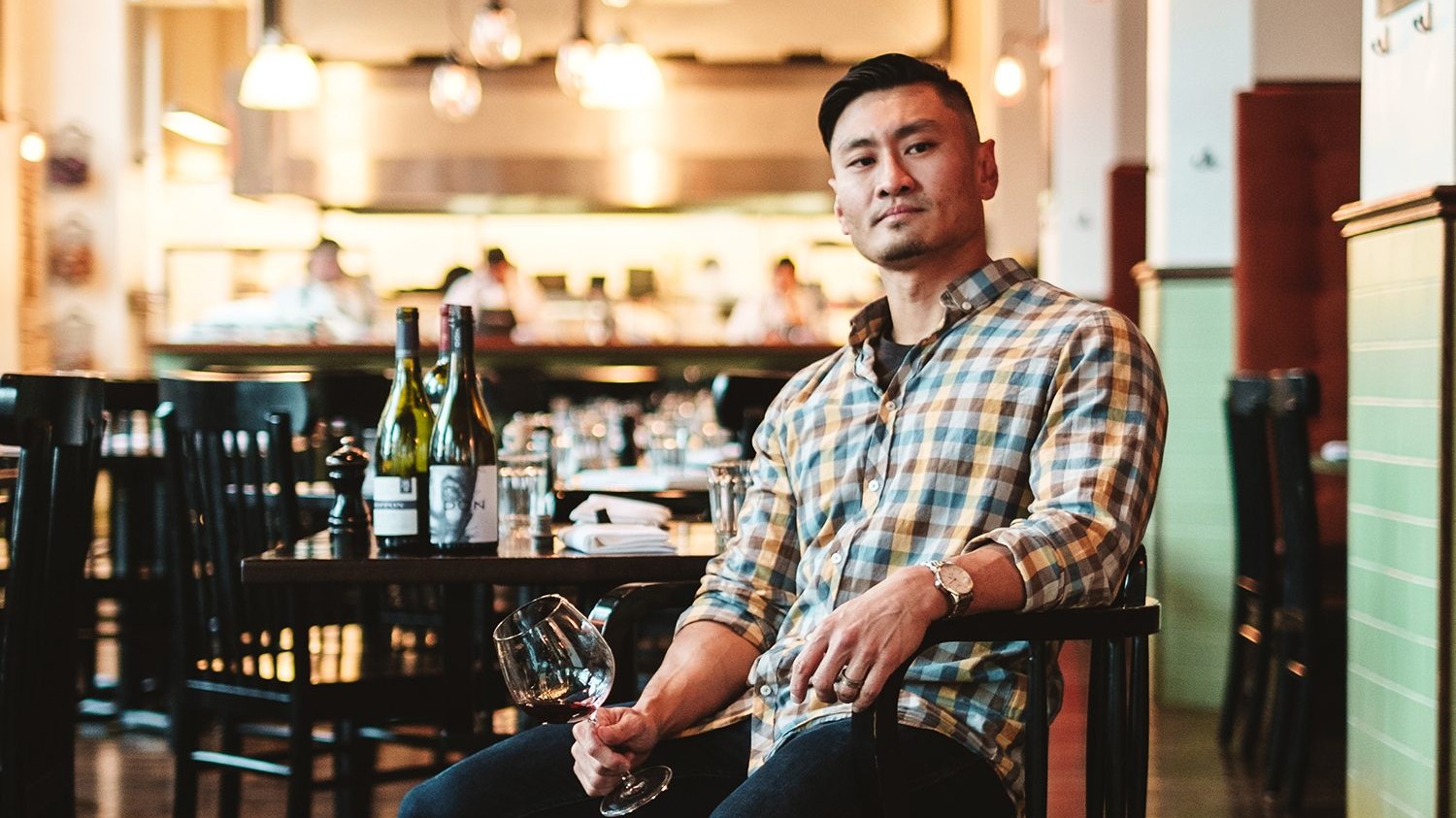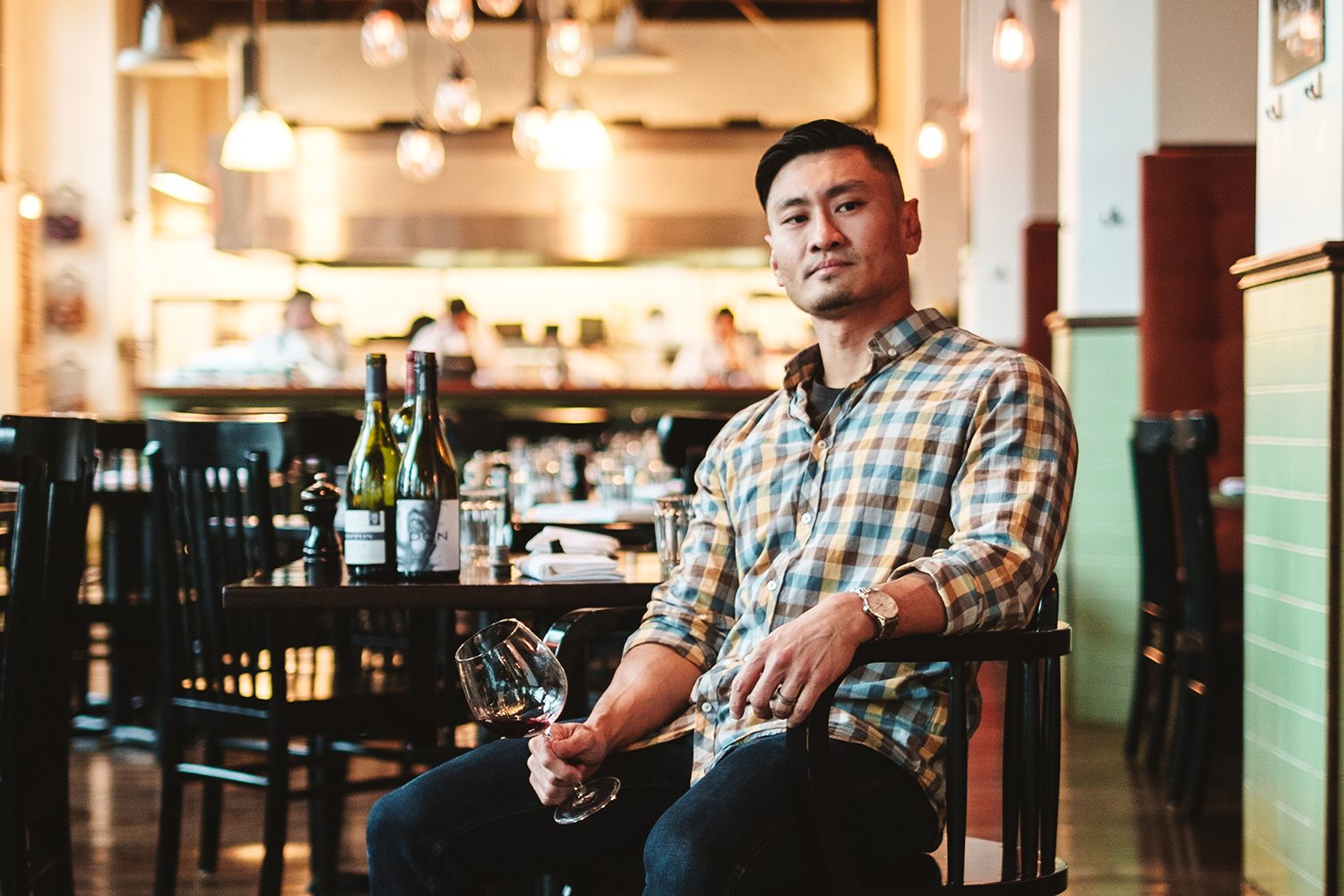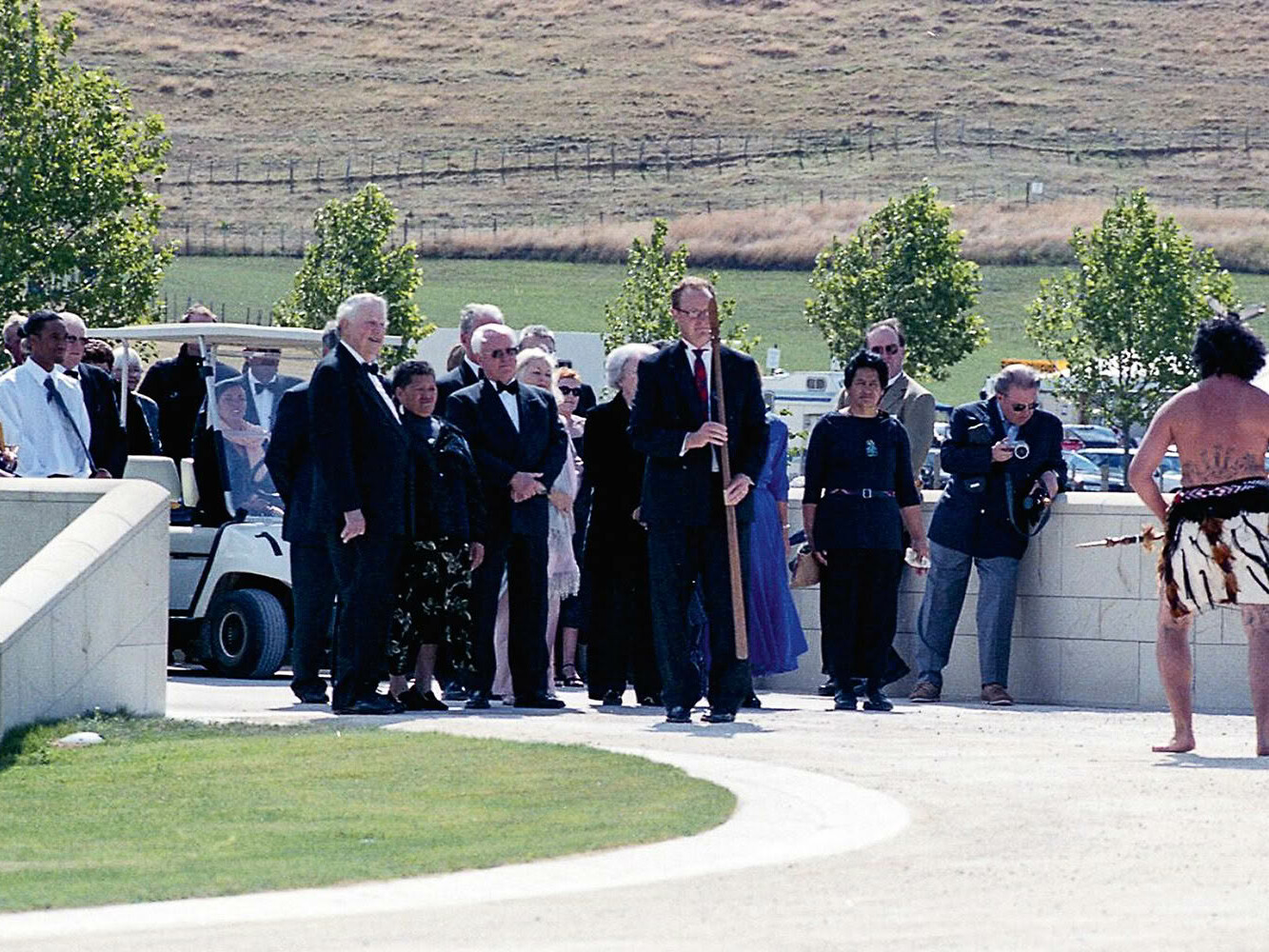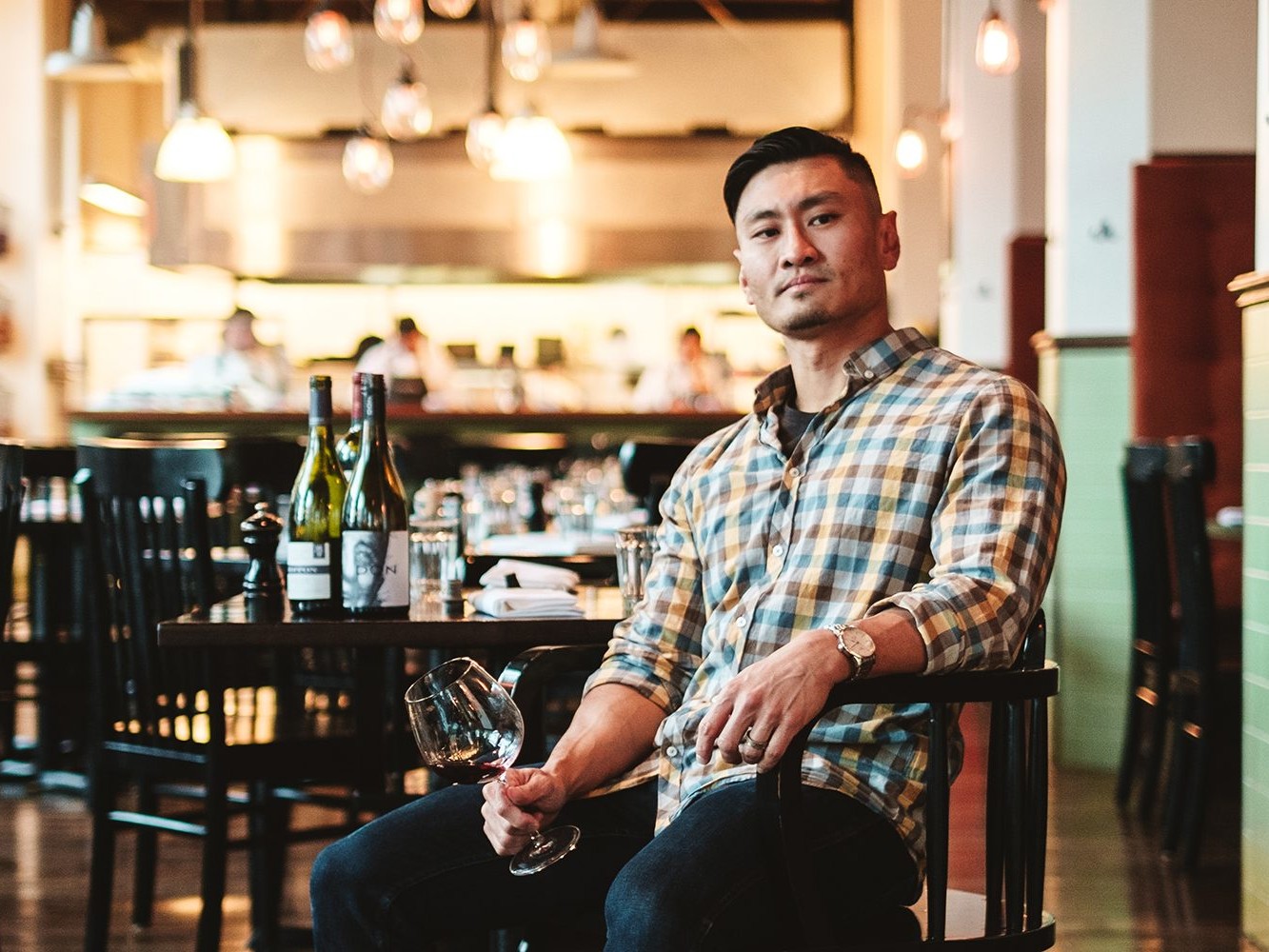“We now have everything we need to collectively make great chardonnay in Aotearoa: good growing conditions, a collaborative industry meeting challenges through knowledge sharing, and the experience of three generations built progressively on previous achievements. Despite achieving international recognition, we are here to understand our sense of place and to explore what ‘exceptional’ means in Aotearoa, not to mimic Burgundy,” says Amy Hopkinson-Styles, Organising Committee Chair for the 2nd Aotearoa Chardonnay Symposium taking place in September 2024.
The ‘winemaker’s grape’ is famously a chameleon which displays great flexibility to winemaking styles. Only recently have we realised that its enological versatility obscures its transparency and innate ability to transmit terroir. Though much has been made of a chardonnay revival, prima facie that is debatable as growth in chardonnay plantings has been slow. Statistics from 2018-2024 suggest it has shifted regionally, losing ground up north (particularly in Gisborne) which offsets modest increases in Central Otago and North Canterbury.
In very broad strokes, let’s examine the sense of place in the major regions.
Gisborne was a classic source of crowd-pleasing chardonnay redolent of peaches and cream. It has suffered from multiple setbacks: corporate betrayal of the region in 2008-2009, significant departures and recently the devastation of cyclones. Yet, the region remains resilient and keystone producers hold the fort. It’s also the region which has changed the least stylistically and consequently is precious for fans of old-school chardonnay.
Auckland’s Kumeu River is one of New Zealand’s most revered, particularly in international circles which view their chardonnays as Burgundy analogues. Its Maté’s Vineyard and Hunting Hill wines have become essential among serious collectors. Waiheke also enjoys significant success with both locals and tourists, but has yet to reach more widespread recognition with its powerful, commanding chardonnays – a side effect of domestic Auckland demand, perhaps?
Hawke’s Bay is a traditional stronghold, with many top producers and a long history. It is changing style gradually, with a regional embrace for reduction, increasingly linear wines, and moderating the use of oak and malolactic conversion. Concurrently, appreciation of the region’s diverse sites, coastal influences and limestone- rich interior is becoming mainstream. This is not new; Clearview Estate on the Te Awanga coast and Tony Bish’s dedication to the Rifleman’s Vineyard while at Sacred Hill both prove the existence of local knowledge.
Single-site expression is also taking prime position in Wairarapa, particularly Martinborough. Early success was achieved with boutique icons such as Ata Rangi, Martinborough Vineyard and Dry River. They have been joined by many others including Palliser Estate, Te Kairanga and On Giants’ Shoulders, collectively raising the standard of the region. Now in its fifth decade, iterative refinement has continued their path to classical elegance.
Marlborough is New Zealand wine’s juggernaut. Once it sets its mind to something, it tends to change the landscape. The last decade has seen a real push for refined, leaner chardonnay, dialled-in with flintiness and grilled citrus alongside noticeable reduction in oakiness. The lack of a heritage style here probably allowed evolution to happen more quickly. The movement has been widespread, from small producers such as Nous, Siren, Marathon Downs, Spoke and Novum across to the powerhouses of Cloudy Bay, Dog Point and Isabel. Despite lagging other regions in transitioning to single-site recognition, some top vineyards such as Wrekin and Clayvin are now being acknowledged on labels. Heading westward, Nelson’s iconic producers, such as Neudorf, have built a formidable reputation for chardonnay. The sun-drenched clay soil is perfect for growing this particularly vibrant style. The best examples deliver structure and age-ability while being irresistibly drinkable.
It will come as no surprise to those in the know that North Canterbury is the crown jewel for chardonnay with many of the most sought-after wines originating here – think Bell Hill, Pyramid Valley, Black Estate, Greystone and Pegasus Bay. The low rainfall, cool climate and clay-limestone is ideal for powerfully elegant, long-lived chardonnay. Waipara is also home to significant ungrafted mature vines, specifically Mendoza clone. Does this monoclonal dominance impact the regional style? More diverse younger plantings might hold the answer.
Often overlooked, Waitaki holds interest with limestone-rich soils and a very cool climate. Despite being tiny, several compelling examples have emerged. Which brings us to Central Otago. Unlike Burgundy, it is largely schist with loess and clay or gravels. The acidity is notably high but so is its fruit expression. Led by Felton Road, Maude and Gibbston Valley, the region is tending towards a lighter, more detailed and less oak-influenced rendition which allows the innate perfume and delicacy to be appreciated.
Certainly, much of the shift has been towards less oak and lighter styles with more purity, but those hankering for the old-school style need not worry. In response to the changing landscape of chardonnay, some stalwart producers have held firm to the traditional buttery style. Ultimately, diversity is good for everyone and is part of our maturing understanding of the variety. ■





